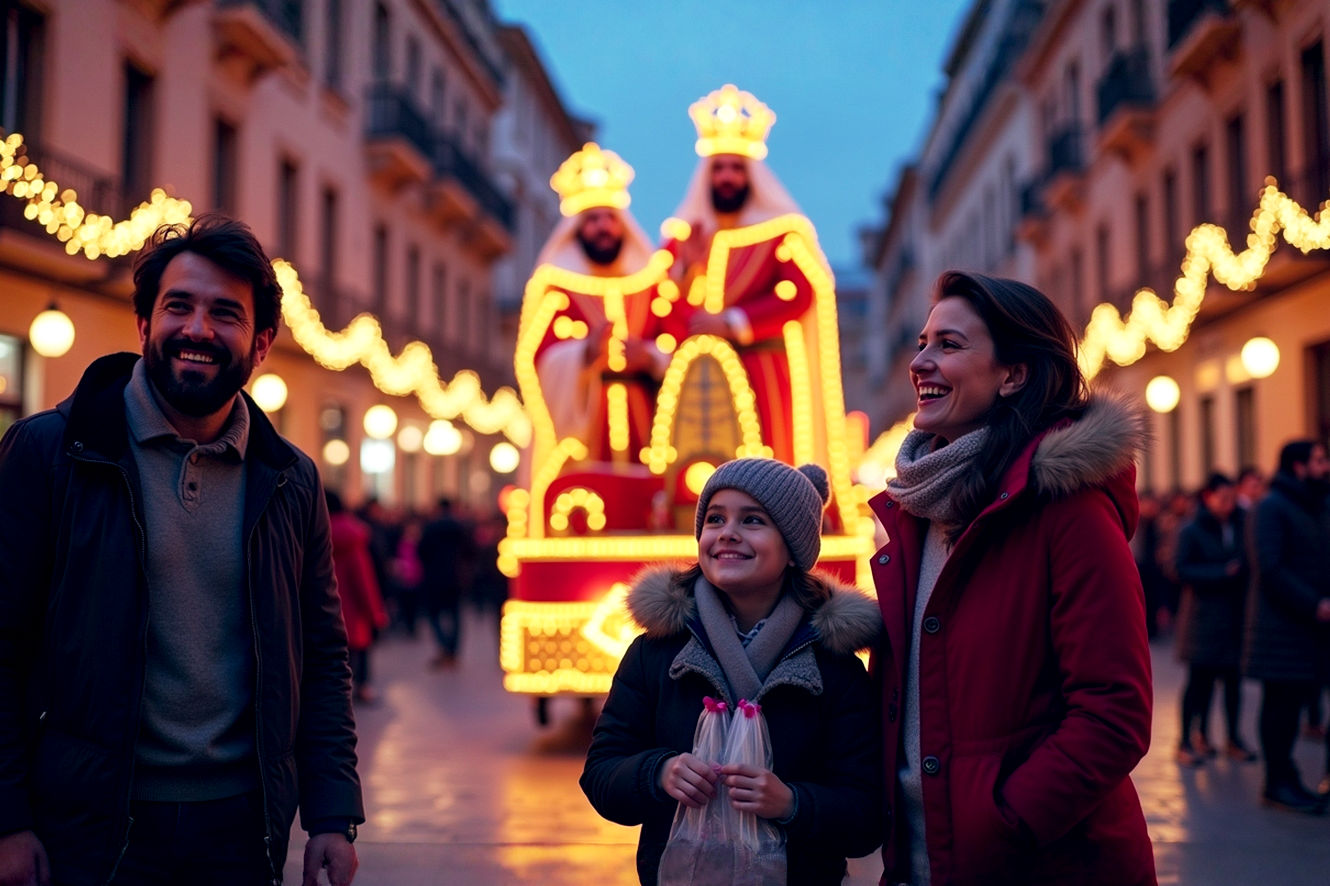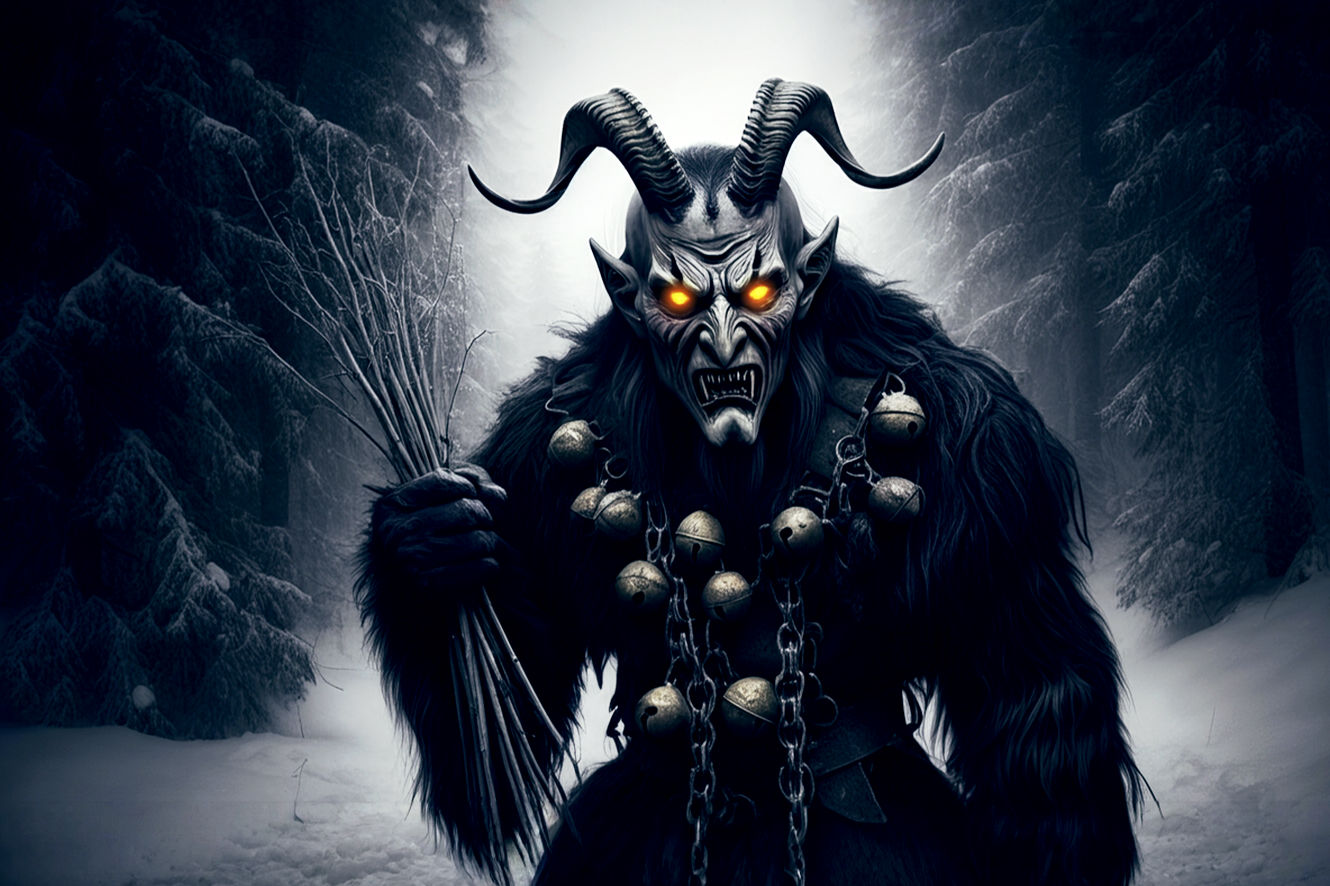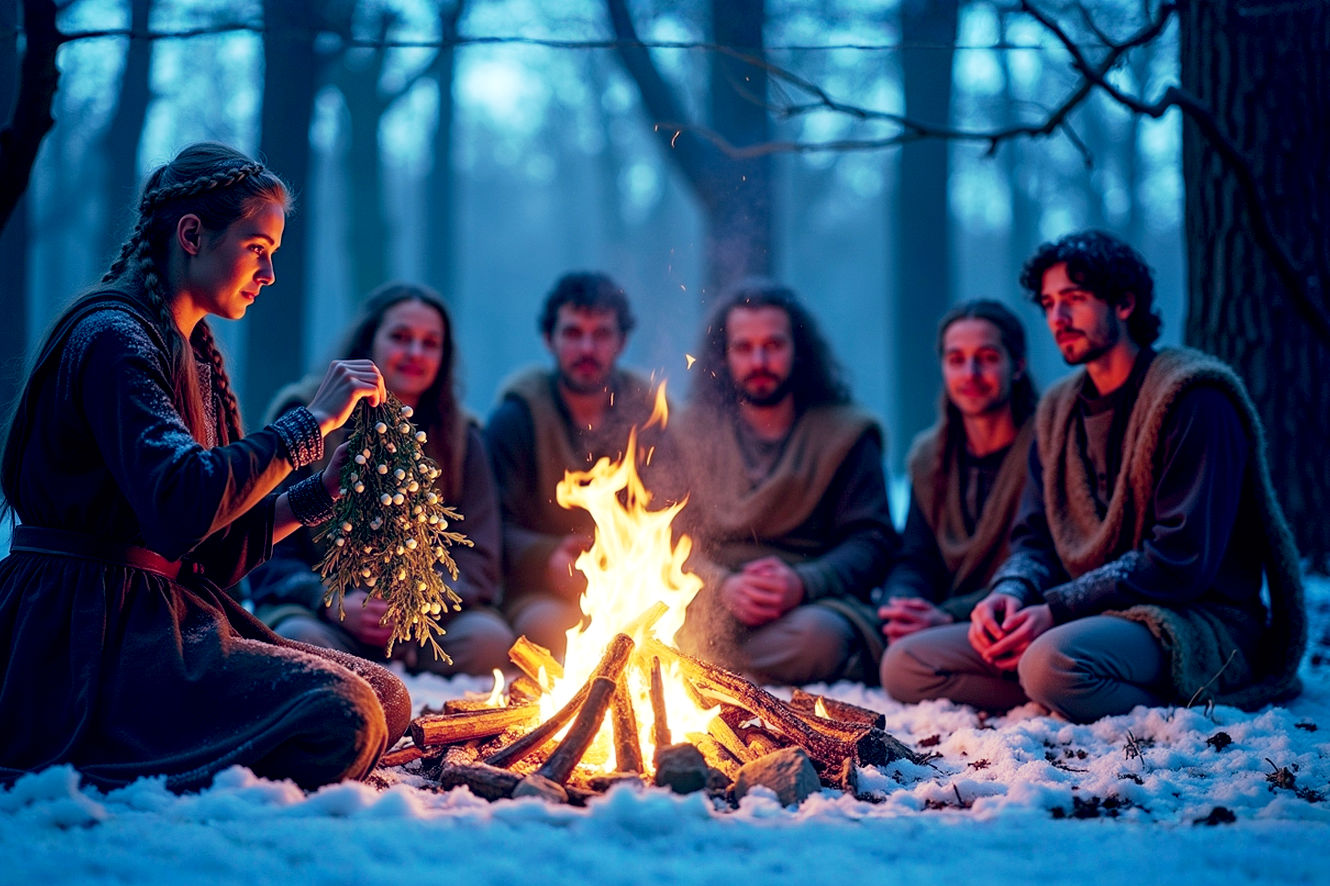This post may contain affiliate links. If you make a purchase through these links, we may earn a commission at no additional cost to you.
Christmas today is an explosion of light and color—a tapestry woven with glittering ornaments, shimmering tinsel, and the warm glow of electric lights. For many, the act of decorating is a cherished ritual, a tangible way to usher in the holiday spirit. But the festive tableaux we create on our mantels and in our living rooms didn’t spring forth from a single moment of invention. They are the result of a long, often surprising, evolution, shaped by ancient pagan rituals, Christian theology, social class, and technological innovation.
This definitive guide delves into the rich and complex history of Christmas decorations, tracing their origins from the solstice celebrations of ancient civilizations to the iconic traditions that define the holiday today. We’ll uncover the symbolic meanings behind everything from evergreen trees to holly and mistletoe, explore how these customs spread across the globe, and examine the pivotal moments that transformed personal, handcrafted decorations into a global industry. By understanding the roots of these traditions, we gain a deeper appreciation for the stories and symbolism hidden within the ornaments on our own trees.
The Winter Solstice and Ancient Evergreen Traditions
Long before Christmas was celebrated, cultures across the Northern Hemisphere marked the winter solstice—the shortest day and longest night of the year—with feasts and rituals. For these ancient peoples, the return of longer days represented the triumph of light over darkness, life over death. In a world where survival was tied to the changing seasons, this was a profound and deeply significant event.
Central to many of these solstice celebrations was the use of evergreens. While deciduous trees shed their leaves and appeared lifeless in the cold of winter, evergreens like pine, fir, and spruce remained green and vibrant. This resilience made them powerful symbols of life, rebirth, and eternal hope. Ancient Egyptians, for example, brought green palm rushes into their homes to symbolize the triumph of life over death. The Romans decorated their homes with evergreen boughs during Saturnalia, a festival honoring the god Saturn, which was held in the week leading up to the solstice.
The most direct ancestor of the Christmas tree, however, can be found in the traditions of Germanic and Celtic pagans. These groups revered trees, believing that spirits, dryads, and other deities resided within them. During the winter solstice, they would bring evergreen boughs into their homes to ward off evil spirits and to celebrate the promise of spring. The practice was a way to bring the life-giving energy of nature indoors, providing a sense of comfort and protection during the bleakest part of the year. This pagan reverence for evergreens would eventually be absorbed and recontextualized by the burgeoning Christian faith.
From Pagan Boughs to Christian Symbols: The Origins of the Christmas Tree
The Christianization of the winter solstice celebration was a slow process. Early Christians were reluctant to adopt pagan customs, but as the faith spread, the Church began to reframe existing rituals with new, Christian meanings. The celebration of Christmas on December 25th was itself a strategic move, co-opting the date of the Roman Saturnalia and the pagan winter solstice festivals.
The most enduring symbol of this cultural synthesis is the Christmas tree. The tradition, as we recognize it today, is widely attributed to 16th-century Germany. Legends abound, with one of the most famous stories linking the practice to Martin Luther. The tale says that one winter’s night, while walking home, Luther was so captivated by the sight of stars twinkling through the branches of a fir tree that he brought a tree indoors and decorated it with candles to recreate the enchanting scene for his family. While this story is likely apocryphal, it speaks to a deeper truth: the Christmas tree became a way to merge the pagan symbol of a life-giving evergreen with a Christian narrative.
Early German Christmas trees were often small and were decorated with simple, edible items. Apples, wafers, and nuts were common, each with its own symbolic meaning. The apples represented the tree of knowledge in the Garden of Eden, while wafers symbolized the Christian communion host. Over time, these simple decorations evolved. The German city of Lauscha became a hub for glassblowers who began to create intricate glass ornaments, known as Kugels, in the mid-19th century. These early glass balls, often a solid color, were the forerunners of the modern glass bauble.
The tradition of the Christmas tree was initially confined to the wealthy German aristocracy and remained largely a regional custom. Its global spread was due in large part to the marriage of Queen Victoria to the German Prince Albert in 1840. In 1848, the Illustrated London News published a drawing of the royal family gathered around a decorated Christmas tree at Windsor Castle. This image, featuring the queen and her family, instantly legitimized the custom and made it fashionable. The British aristocracy and, by extension, the British public, quickly adopted the practice. As the British Empire expanded, so too did the tradition of the Christmas tree, carrying it across the globe to the United States, Canada, and Australia.
Holly, Ivy, and Mistletoe: The Symbolic Flora of Christmas
The Christmas tree is not the only plant with a storied history in holiday decorating. Holly, ivy, and mistletoe are also deeply rooted in pre-Christian traditions. Like evergreens, their ability to remain green and vibrant in winter made them powerful symbols of life and protection.
Holly, with its sharp, spiky leaves and bright red berries, was a common decoration in ancient Roman and Celtic cultures. Its thorns were thought to ward off evil spirits and provide protection, while the vibrant red berries were a symbol of the sun returning after the solstice. When Christian beliefs began to replace pagan ones, the symbolism of holly was cleverly reinterpreted. The prickly leaves came to represent the crown of thorns worn by Jesus, and the red berries symbolized the drops of his blood.
Ivy, often found growing alongside holly, was also used extensively in pagan rituals. Its clinging, winding nature made it a symbol of fidelity and eternal life. In Christian folklore, ivy came to represent the idea of eternal life through faith. Often, holly and ivy were used together, with holly representing the masculine principle and ivy the feminine, a dualistic balance that was common in ancient belief systems.
Perhaps the most mysterious and romantic of the Christmas plants is mistletoe. The plant was considered sacred by the Druids, who believed it had mystical healing properties and could bring good luck. It was used in rituals to promote fertility and banish evil. The Norse myth of the god Balder, who was killed by an arrow made of mistletoe, also contributed to its mystical reputation. After Balder’s death, the gods restored him to life, and the tears of his mother, the goddess Frigg, became the mistletoe’s white berries. It was declared that mistletoe would never again be used as a weapon and that anyone who passed beneath it would receive a kiss, a symbol of love and forgiveness. This is the origin of the now-famous custom of kissing under the mistletoe.
The Evolution of Ornaments: From Edibles to Industrially Produced Baubles
The earliest decorations for Christmas trees were entirely practical and often edible. German trees were decorated with Lebkuchen (gingerbread), fruit, and nuts, which could be eaten after the holiday. This tradition was not just about sustenance; it was a symbolic act of sharing the bounty of the harvest and celebrating the promise of a new one.
As the Christmas tree became more popular, especially after its adoption by the British monarchy, the demand for more durable and decorative ornaments grew. The glassblowers of Lauscha, Germany, were at the forefront of this innovation. They began creating not just simple globes but intricate shapes like birds, animals, and icicles. These ornaments were hand-blown, silvered with a solution of lead or tin, and often painted by hand. The meticulous craftsmanship made them highly prized and expensive.
The late 19th century saw a revolution in ornament production. The invention of the ornament press allowed for the mass production of glass ornaments, making them more affordable and accessible to the middle class. This democratization of the Christmas tree was a major turning point. Suddenly, decorating a tree was no longer an exclusive luxury but a widespread family tradition.
The 20th century introduced even more innovation. In the early 1900s, tinsel was invented in Germany. Originally made from shredded silver, it was a costly decoration reserved for the wealthy. Over time, it was made from cheaper materials like lead foil and later, plastics, which made it the ubiquitous decoration we know today.
Electric lights, perhaps the most transformative innovation, were first used to illuminate a Christmas tree in 1882 by Edward Johnson, an associate of Thomas Edison. Before this, trees were lit with candles, a beautiful but extremely dangerous practice that caused countless house fires. The widespread availability of electricity in the early 20th century made electric Christmas lights a safer and more magical alternative. The advent of miniature, multicolored bulbs in the 1930s further cemented their popularity, turning the festive glow of the tree into a staple of the American Christmas landscape.
The Christmas Wreath: A Symbol of Eternity and Welcoming
The Christmas wreath, a circular arrangement of evergreens, is another tradition with ancient roots. The circular shape itself holds deep symbolic meaning, representing eternity and the cycle of life. Like the evergreen trees themselves, the wreath was used by ancient civilizations to symbolize the strength of life in the face of winter.
In ancient Rome, wreaths were a symbol of victory and status, worn by Roman citizens of high rank and hung on doors as a sign of triumph. Over time, the Christian faith adopted the wreath and imbued it with new meaning. The circle came to represent God’s unending love, and the evergreens symbolized the promise of eternal life.
The wreath’s placement on a door also carries significant meaning. It is an act of welcome, a sign of hospitality, and an invitation to the holiday spirit. The custom of hanging a wreath on the front door can be seen as a modern continuation of this ancient practice of adorning entrances with symbols of hope and protection.
The Advent wreath, with its four candles, is a specific type of wreath with a clear Christian purpose. The four candles symbolize the four weeks of Advent, and the lighting of each one marks the progressive anticipation of the birth of Jesus. Each candle has its own meaning: hope, faith, joy, and peace. This spiritual tradition is a powerful example of how ancient pagan shapes and symbols were repurposed for religious devotion.
The Global Spread and Commercialization of Christmas Decorating
The 19th and 20th centuries were pivotal periods in the global spread and commercialization of Christmas traditions. The Victorian era, with its emphasis on family, tradition, and conspicuous consumption, provided fertile ground for the growth of Christmas decorating. The development of railways and steamships meant that German-made ornaments could be exported across the globe, bringing the magic of the Christmas tree to new audiences.
The United States played a particularly crucial role in this commercialization. American companies began to mass-produce their own decorations, from tinsel to lights and glass ornaments, often at a lower cost than their European counterparts. The American consumer culture embraced the holiday with a voracious appetite for new and exciting decorations. The post-World War II economic boom, coupled with the rise of department stores and advertising, cemented Christmas decorating as a major industry.
The 20th century also saw the rise of iconic figures like Santa Claus and Rudolph the Red-Nosed Reindeer, who were themselves products of commercial art and storytelling. These figures became integral parts of the decorative landscape, appearing on everything from tree toppers to window clings.
The Enduring Legacy: A Blend of Past and Present
Today, the history of Christmas decorating is reflected in the blend of traditions we use. We place a Christmas tree in our homes, a practice with German origins and pagan roots. We decorate it with glass baubles, heirlooms of a 19th-century German innovation, and light it with electric lights, a testament to American ingenuity. We hang wreaths on our doors, a nod to both Roman victory and Christian eternity, and perhaps even risk a kiss under the mistletoe, a custom born from ancient Celtic and Norse mythology.
The story of Christmas decorations is a story of cultural appropriation and adaptation, of ancient beliefs being repurposed and reshaped to fit new religious and social contexts. It’s a testament to the human desire to find hope and light during the darkest time of the year. Each ornament, each strand of tinsel, and each glowing light is a small piece of a much larger narrative—a historical tapestry woven with the threads of many civilizations, beliefs, and eras. As we decorate our homes for the holidays, we are not just creating a festive scene; we are participating in a tradition that connects us to a history far deeper and richer than we might ever have imagined.






